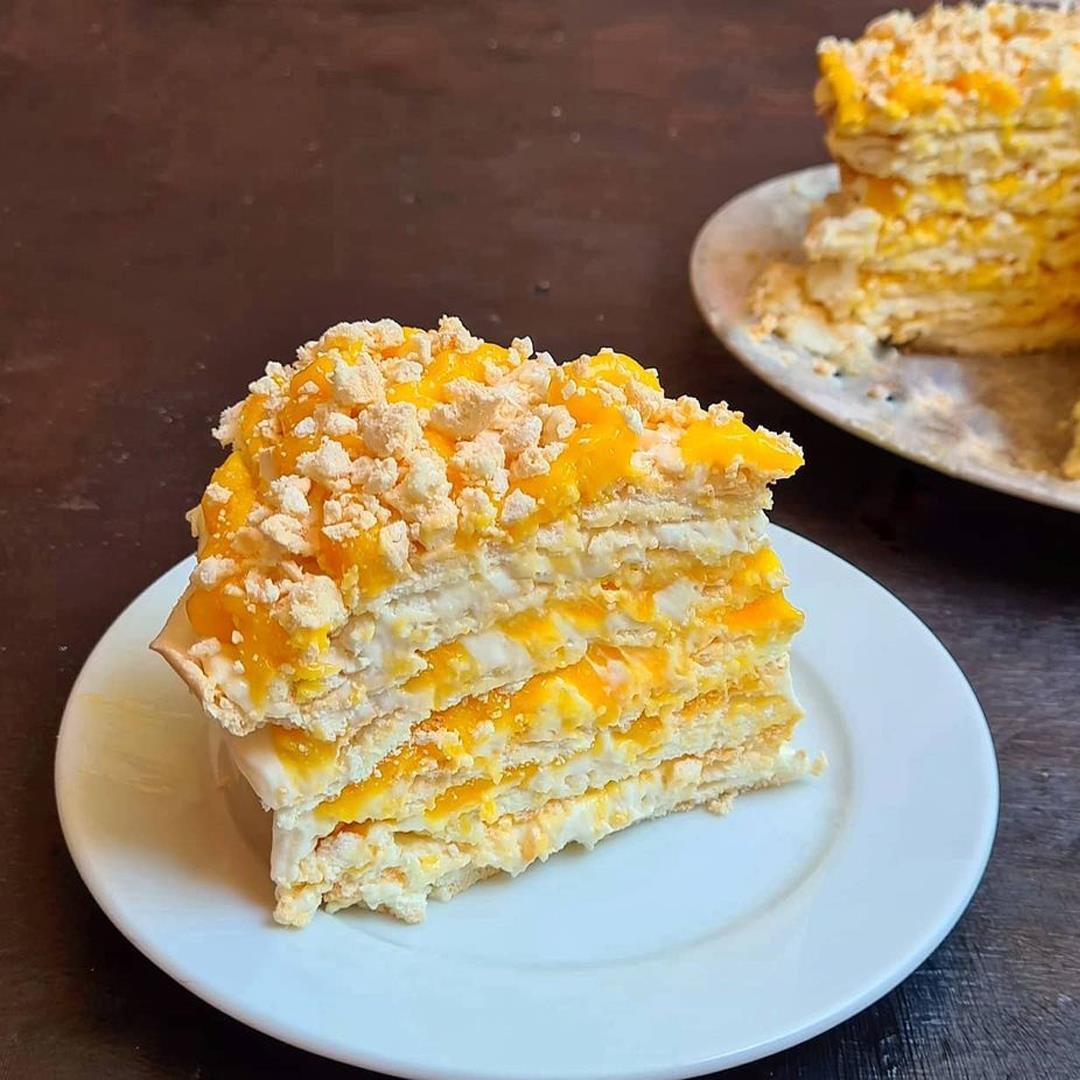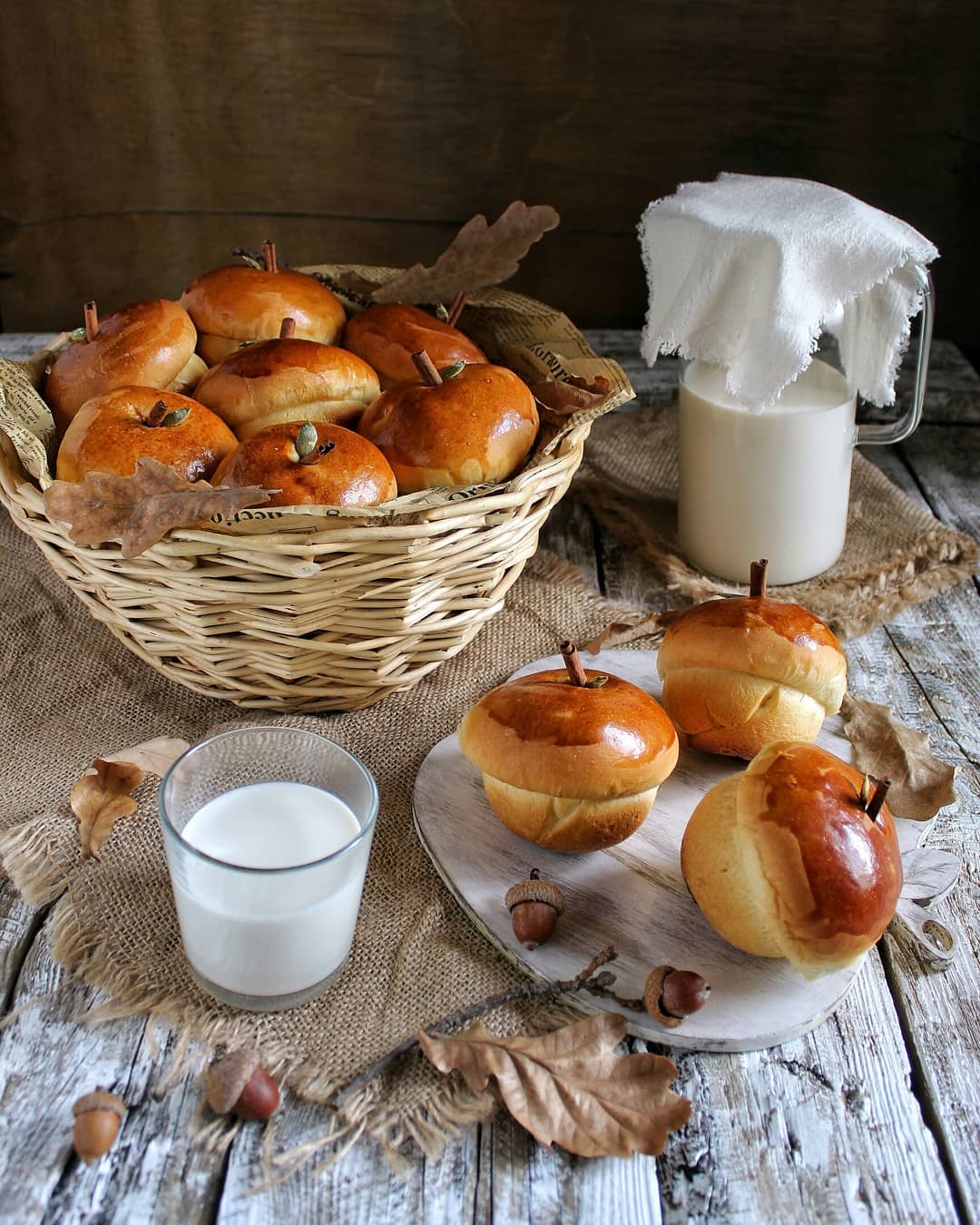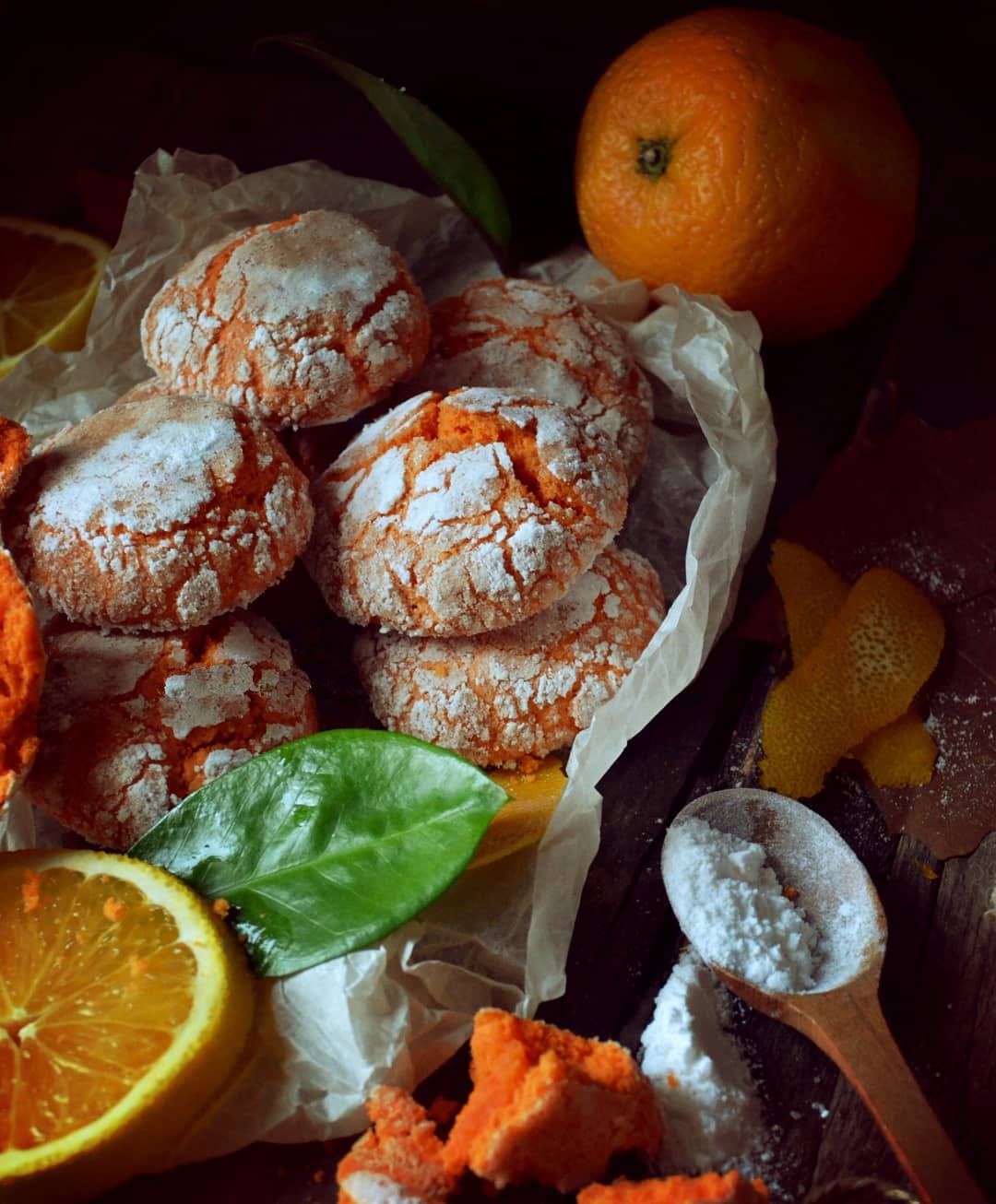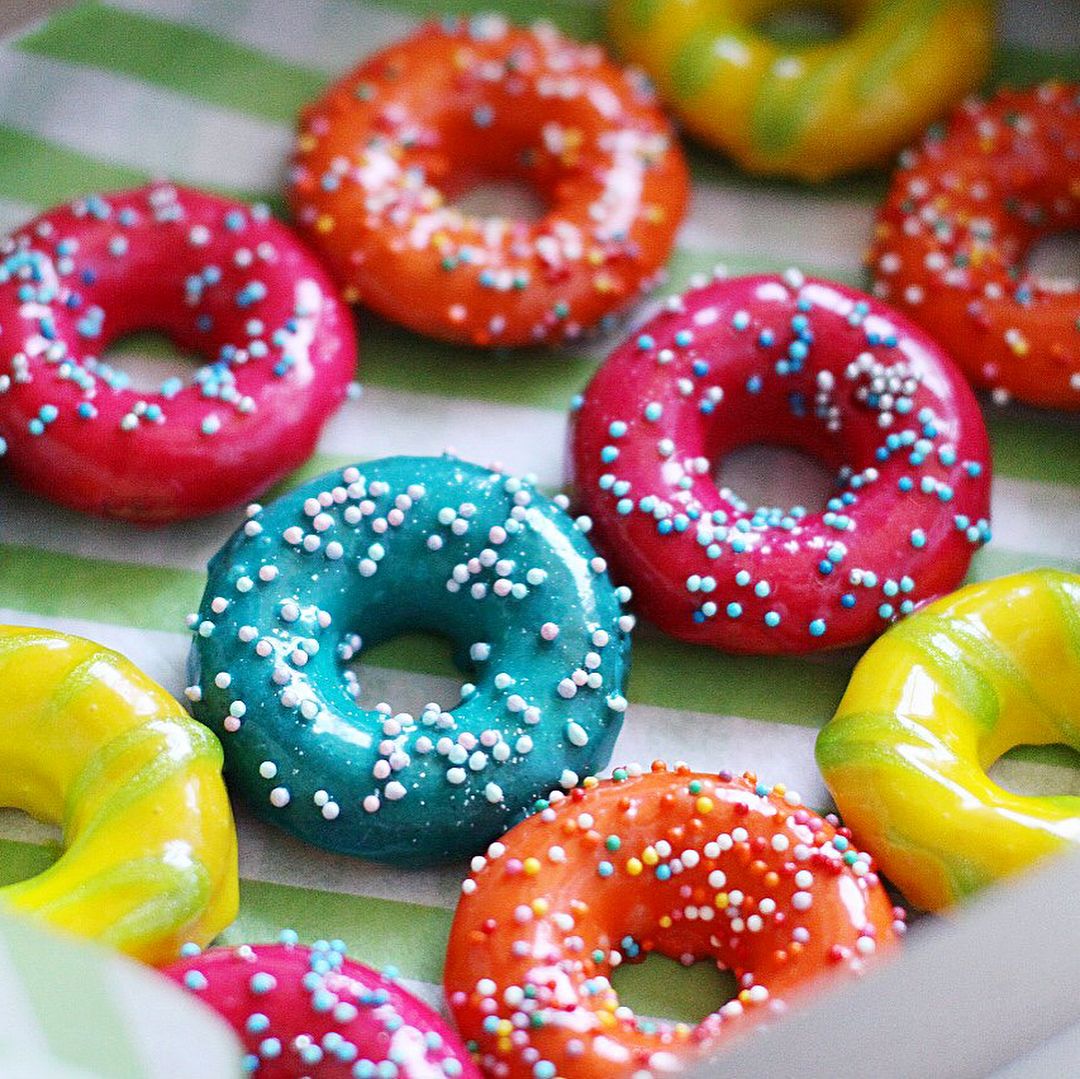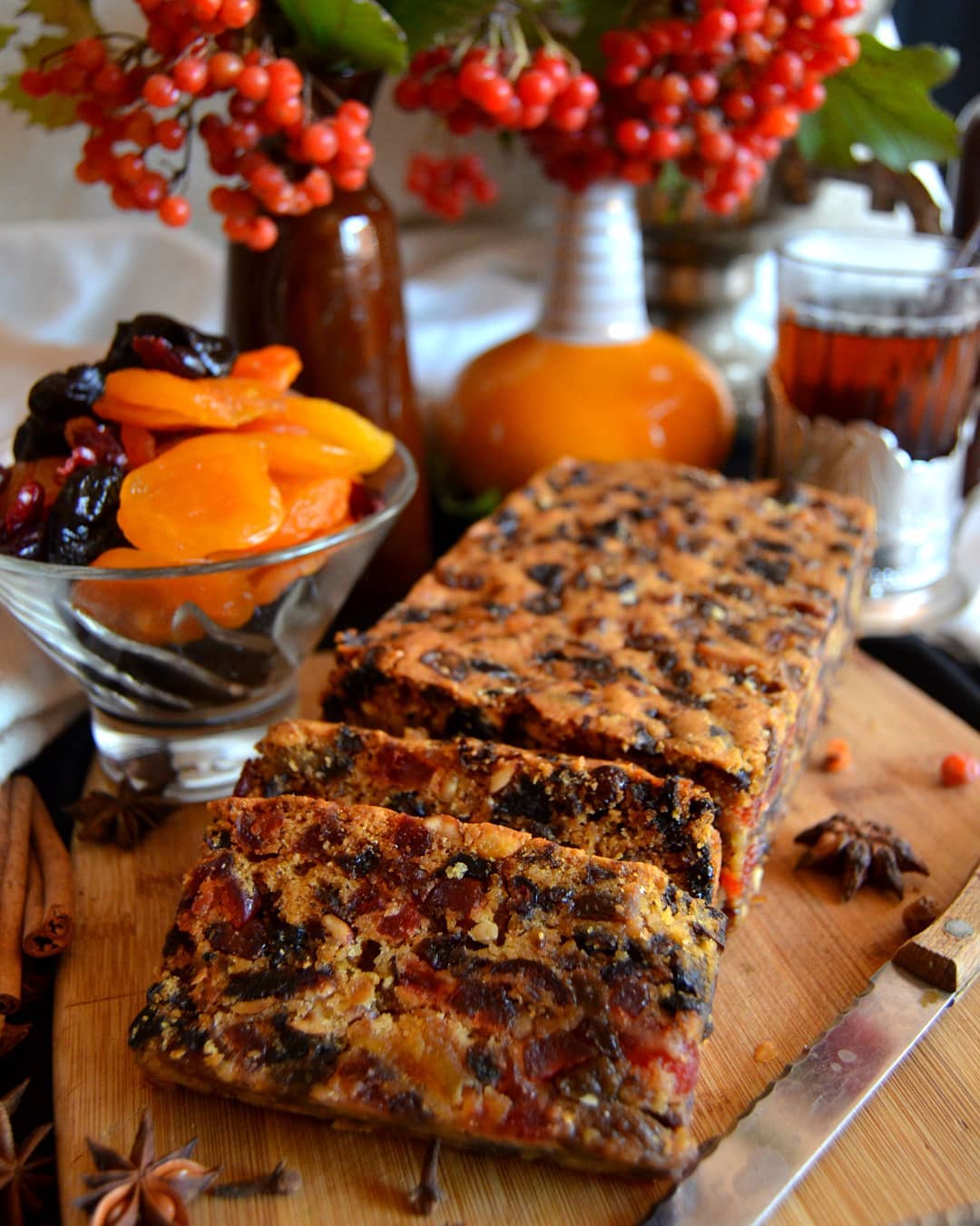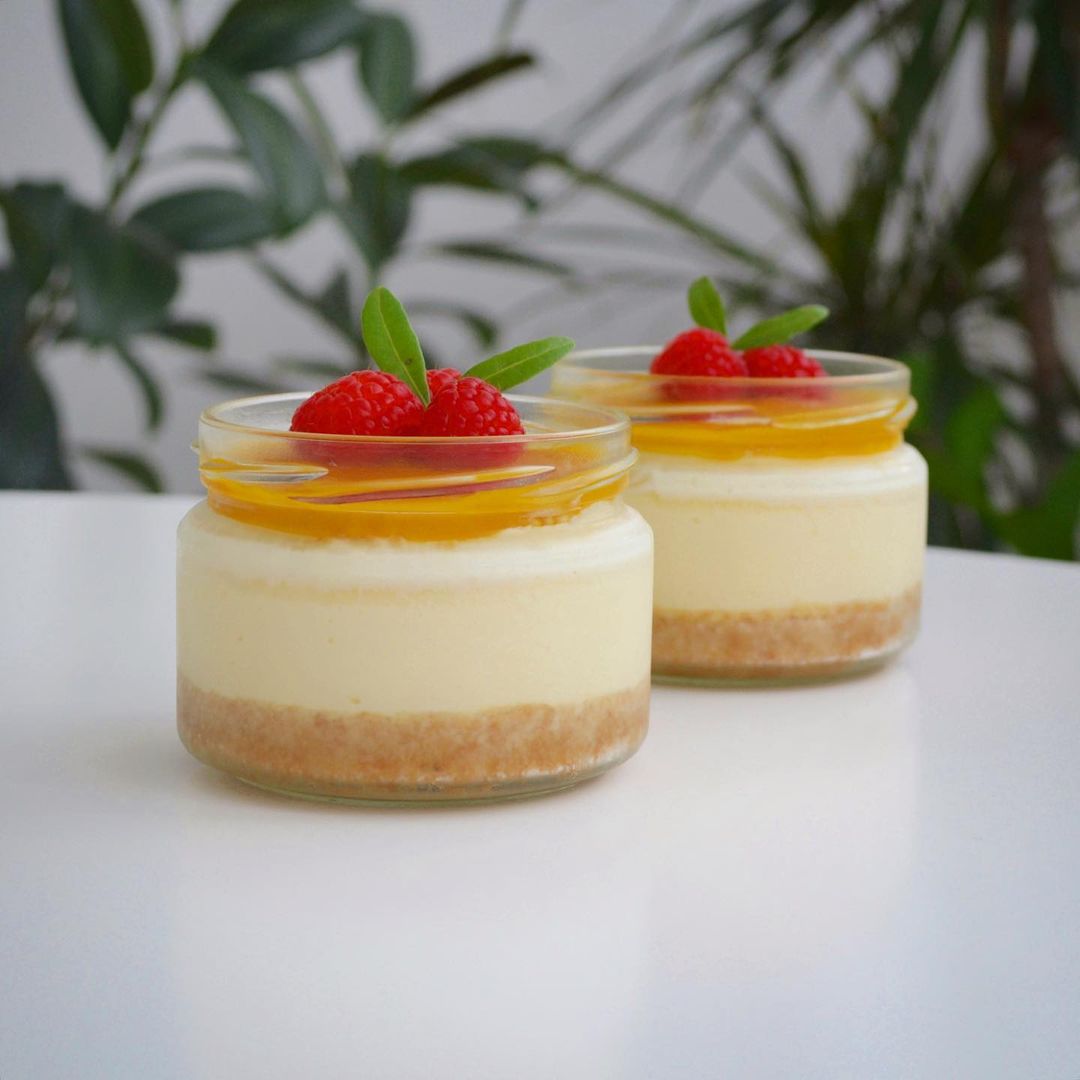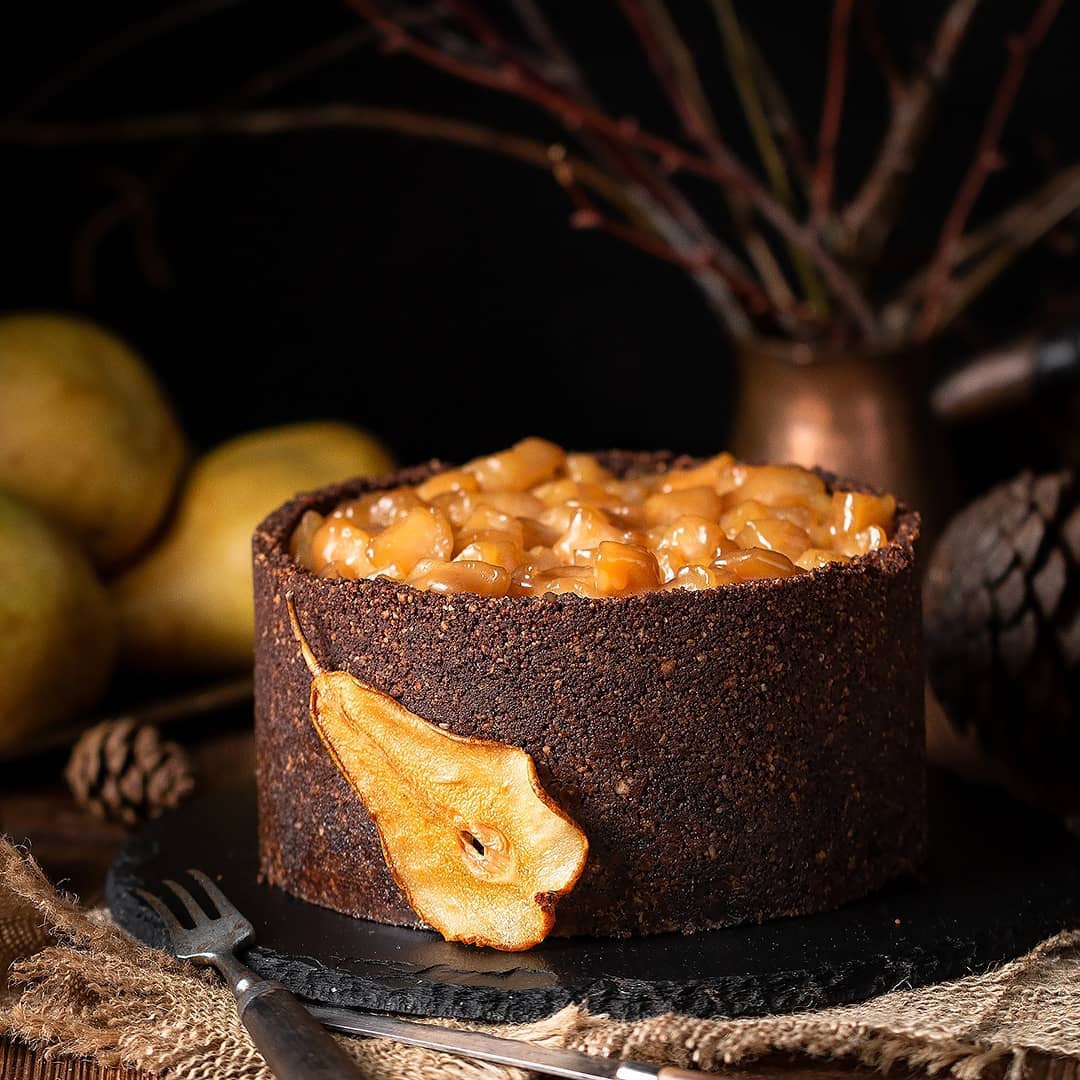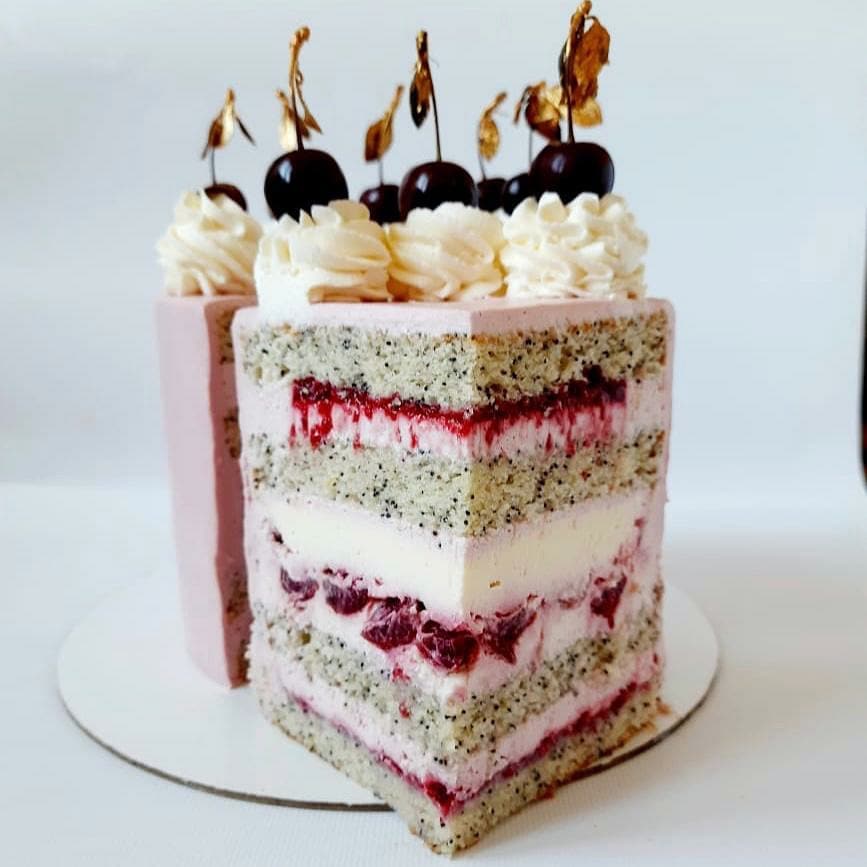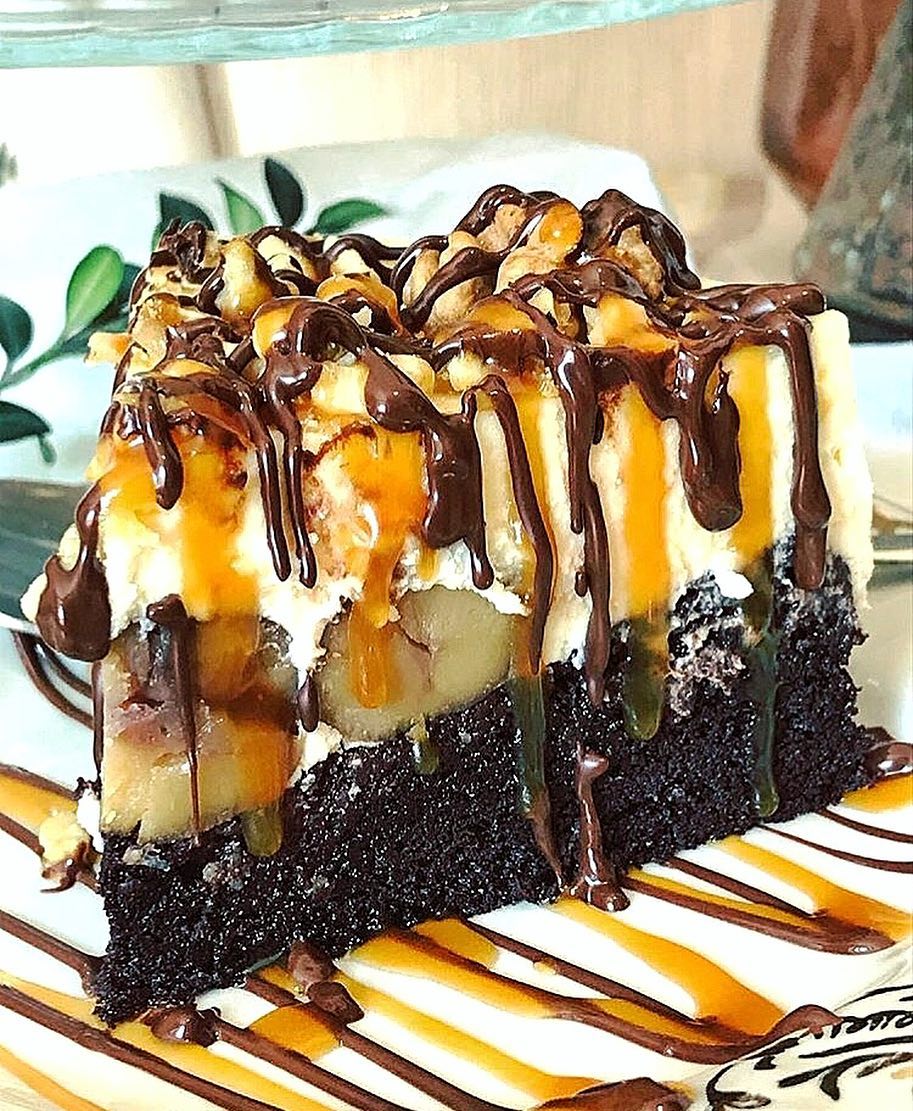Ingredients
Cheese casserole
Instructions
Step 1
Step 2
Step 3
Step 4
Step 5
Servings
Equipment
Perfect for folding ingredients together smoothly and ensuring no waste sticks to the bowl.
Use a fine-mesh sieve if your cottage cheese isn't already smooth; this helps achieve a creamy texture.
An electric mixer will combine your ingredients easily, ensuring a lump-free batter.
Line it with parchment paper to make removal and cleanup a breeze.
Variations
Want to make this cheese casserole gluten-free? Simply replace the cornstarch with an equal amount of rice flour. 🌾
Looking for a vegan twist? Substitute the cottage cheese and cream cheese with vegan alternatives, such as cashew cheese or tofu, and use flax eggs (2 tablespoons of ground flaxseed mixed with 5 tablespoons of water). 🌱
These substitutions will ensure everyone can enjoy this creamy delight! 🥰
Faq
- Why does my cheese casserole crack on top?
Overbaking or rapid temperature changes can cause cracks. Try baking at a lower temperature or using a water bath to help stabilize the baking environment.
- How do I know when the cheese casserole is done?
The center should jiggle slightly like a classic cheesecake when it’s finished. It will continue to firm up as it cools.
- Can I use low-fat cottage cheese for this recipe?
Yes, but it may result in a slightly less rich texture. Full-fat varieties give the best creamy consistency.
- What can I use instead of vanilla extract?
Almond extract or a splash of lemon juice can add a different flavor profile to your cheese casserole.
- How can I prevent my casserole from sticking to the baking dish?
Using parchment paper to line the baking dish is a great way to prevent sticking and ensures your casserole lifts out easily.
- Can I freeze the cheese casserole?
Yes, you can freeze it for up to 3 months. Thaw it in the refrigerator overnight before serving.


